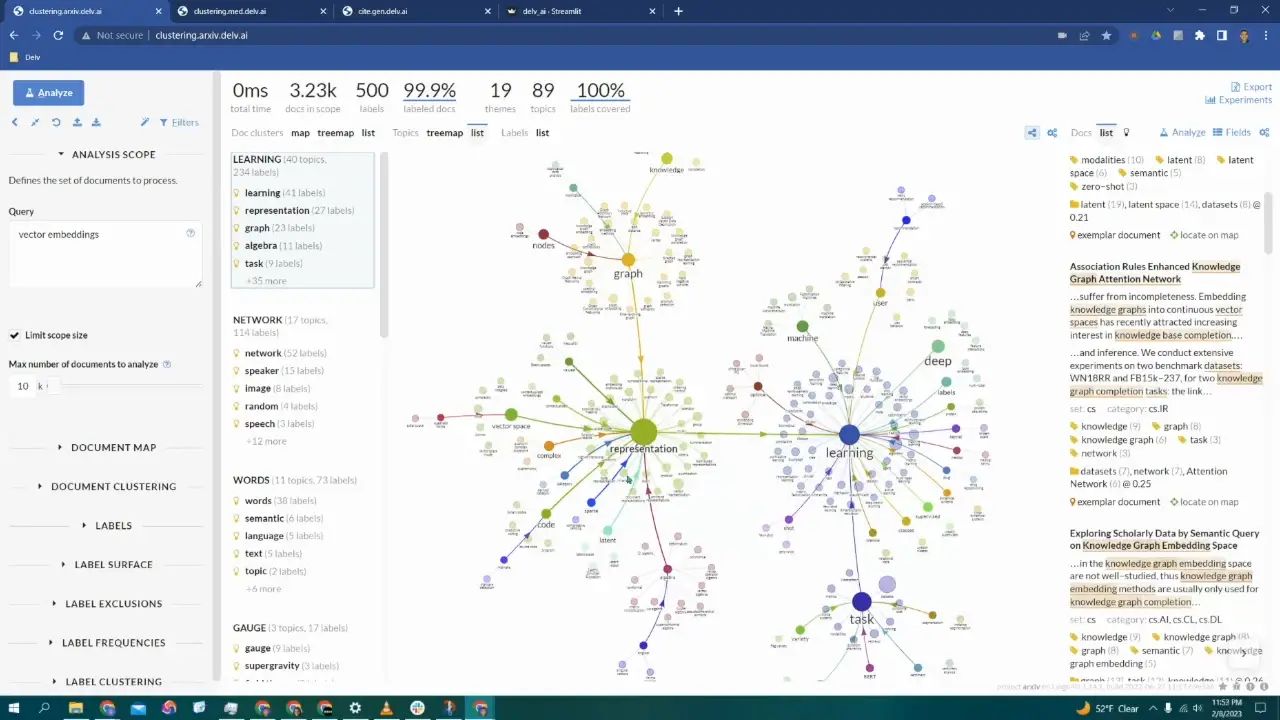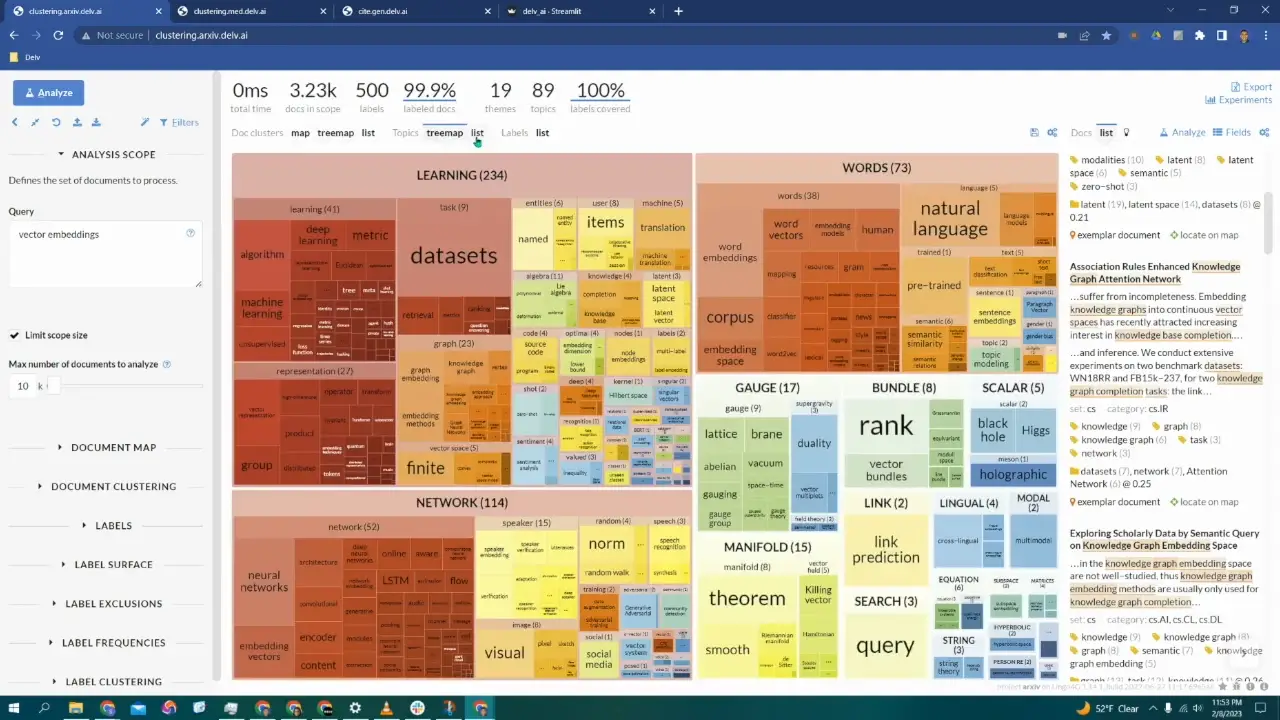In today’s information-driven marketplace, consumers are more selective and critical about the brands they support. Trust has become the currency of brand loyalty, and companies are under increasing pressure to provide transparency, consistency, and reliability. One innovative tool that businesses are embracing to build and reinforce this trust is the knowledge graph. Though traditionally associated with search engines and data structuring, knowledge graphs have profound implications in enhancing brand trust.
Understanding Knowledge Graphs
A knowledge graph is a data structure that represents information in a graph system, where concepts are interlinked through nodes and edges. Each node typically represents an entity (such as a product, brand, or person), and edges represent the relationships between these entities. What sets knowledge graphs apart is the semantic richness—they focus not just on data, but on the meaning and context behind the data.
Initially pioneered by Google to enhance search experiences, knowledge graphs are now a vital tool for businesses aiming to create a cohesive and trustworthy narrative across multiple customer touchpoints.
Why Brand Trust Matters More Than Ever
Consumers today have instant access to reviews, competitor products, and public feedback. As such, trust is not freely given—it must be earned. Studies show that over 80% of consumers prefer to buy from brands they trust, and they’ll often pay a premium to do so. Misinformation, inconsistent branding, and poor customer data experiences can erode this trust rapidly.
By creating a consistent and transparent representation of brand data, companies can provide customers, partners, and even search engines with a reliable source of truth. That’s where knowledge graphs come in.
How Knowledge Graphs Build Brand Trust
-
1. Unified and Accurate Brand Representation
A knowledge graph aggregates data from various departments such as PR, product, marketing, and customer service to create a unified brand identity. This prevents issues stemming from siloed or conflicting information. Whether a customer is reading a blog post or a product FAQ, the data is consistent. -
2. Enhanced Transparency
Knowledge graphs expose not only factual data but also relationships and processes. For instance, customers can understand where a product was made, which supplier was involved, and how it aligns with sustainability goals. This level of transparency fosters credibility. -
3. Semantic Search Optimization
As search engines increasingly use structured data to populate search features like Google’s Knowledge Panels and Rich Snippets, a well-maintained knowledge graph ensures that a brand’s online presence is accurate and visible. If users can verify brand information directly from search results, trust starts building before they even visit a website. -
4. Real-Time Data Updates
Unlike static data repositories, knowledge graphs can be updated in real time, keeping the brand information fresh and relevant. When customers see up-to-date product specs, availability, or certifications, it adds a layer of reliability. -
5. Improved Customer Support
Intelligent chatbots and virtual assistants powered by knowledge graphs can provide faster, more accurate support. This instant, useful help improves customer satisfaction and reinforces trust in the brand’s commitment to user experience.

Use Cases: Real-World Applications of Trust through Knowledge Graphs
Several industry leaders are already leveraging knowledge graphs to improve their brand integrity:
- Healthcare Companies: Maintaining accurate data about drugs, research studies, and compliance certifications helps them earn the trust of both healthcare providers and patients.
- Retail Brands: Especially those selling sustainable and ethically manufactured goods, use knowledge graphs to provide traceability and authenticity.
- Financial Services: Use knowledge graphs to clearly map out relationships between financial instruments, market trends, and regulatory data to improve transparency with customers.
Integrating a Knowledge Graph into Your Brand Strategy
Adopting a knowledge graph isn’t an overnight process—it requires strategic alignment, technical integration, and organizational buy-in. Here are the crucial steps:
- Data Audit and Cataloging: Identify all relevant data sources, both structured (databases, CRMs) and unstructured (social media, FAQs).
- Entity Identification: Define key entities (products, people, places, etc.) and their relationships.
- Ontology Development: Build a schema to govern how data points interrelate with consistent semantics.
- Platform Selection: Choose a knowledge graph platform that integrates well with your existing systems (e.g., Neo4j, GraphDB, etc.).
- Continuous Refinement: Iterate and expand the knowledge graph as your business and market evolve.
When implemented correctly, the knowledge graph becomes the single source of truth not just for internal teams, but for customers interacting with the brand across any digital or physical touchpoint.

Challenges and Considerations
While knowledge graphs offer immense potential, businesses must navigate some challenges on the path to implementation:
- Data Quality: Poor-quality or inconsistent data will undermine the intended trust benefits.
- Technical Complexity: Building a semantic system requires expertise in data science, ontology, and integration architecture.
- Scalability: As companies grow, the knowledge graph must scale to accommodate new data types and relationships.
- Data Governance: Clear policies on who owns, updates, and monitors the data are essential to prevent errors and ensure trustworthiness.
The Future of Trust is Semantic
Consumers are looking deeper than flashy ads or social media likes—they want brands that communicate openly, clearly, and honestly. As business ecosystems become more digital and interconnected, a knowledge graph acts like an invisible web holding the brand’s credibility together.
The companies that will thrive tomorrow are not just those who maximize reach or marketing budget, but those who can consistently foster trust through clear, structured, and meaningful information—exactly what a knowledge graph is designed to offer.
FAQ: Leveraging Knowledge Graphs to Enhance Brand Trust
-
What is a knowledge graph?
A knowledge graph is a structured representation of information where entities and their relationships are interlinked through nodes and edges, allowing for semantic understanding and retrieval. -
How can a knowledge graph improve brand trust?
By providing unified, accurate, and transparent data across all channels, knowledge graphs ensure a consistent and trustworthy brand narrative. -
Is it difficult to build a knowledge graph?
It can be technically challenging, especially for larger organizations. However, with the right team and tools, the long-term benefits in brand differentiation and trust building are well worth the investment. -
Can small businesses use knowledge graphs?
Yes, small businesses can start with simple graph-based data models and expand gradually as they accumulate more data and customer interaction points. -
Do knowledge graphs help with search engine optimization (SEO)?
Absolutely. Structured knowledge can increase your visibility in search features such as knowledge panels, rich results, and other Google snippets, reinforcing brand authority.
